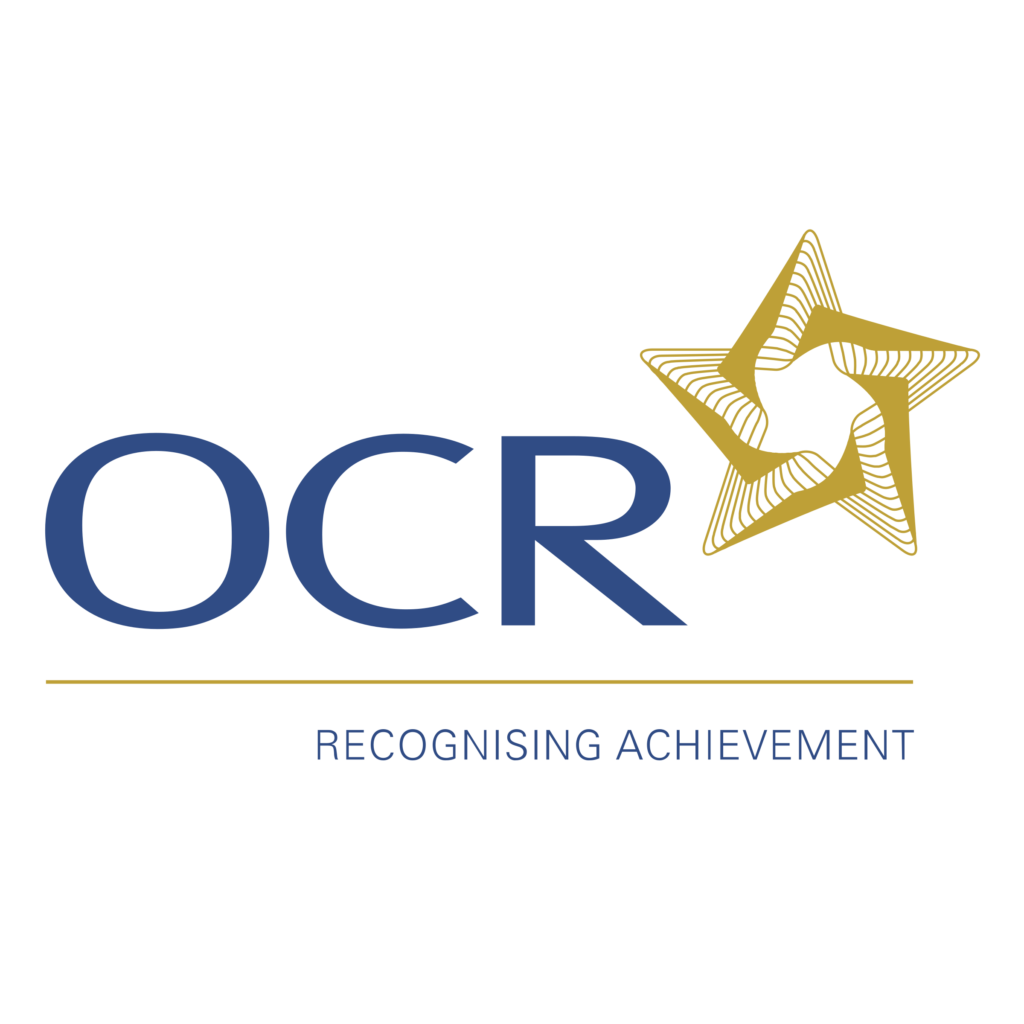Upper KS2 English tuition
Weekly ks2 online
ENGLISH classes
sTUDENTs IN YEAR 5 & 6
Year 5 and 6 SATs English Tuition is an important aspect of education that helps students excel in their studies and prepares them for future challenges. With the right support and guidance, students can build a strong foundation in English and achieve success in both their academic and personal lives.
The SATs English exams are arguably the most important exams for those in year 5 and year 6. English is a fundamental subject that plays a critical role in a student’s academic journey. It is the cornerstone of effective communication, enabling students to express themselves fluidly, read and comprehend text, and engage with a wide range of material. Beyond the classroom, the skills acquired through English tuition can benefit students in their future careers, as well as in their personal relationships.
Our year 5 and year 6 SATs English tutoring covers a wide range of topics in their Key Stage 2 (KS2) syllabus. For the year 5 students this includes: growing knowledge of root words, comprehension, transcription, handwriting and presentation, composition, vocabulary, grammar, and punctuation. The year 6 English SATs students cover the same topics but in increasing detail and complicacy Our curriculum is designed to align with the latest standards and requirements, ensuring that students receive the most up-to-date and relevant content for their upcoming exams.
Our online classes offer a flexible and convenient way for students to receive high-quality tuition. The Academy tutoring platform is designed to offer an engaging and interactive experience, ensuring that students remain motivated and focused. We also provide personalised support and feedback, helping students to overcome any difficulties and reach their full potential. Our personalised approach, combined with our experienced tutors and comprehensive curriculum, makes us the ideal choice for parents looking to invest in their child’s education.
AFFORDABLE ONLINE TUITION

TEACHING MATCHED TO SCHOOL CURRICULUMS

1 LESSON A WEEK IN ALL SUBJECTS

PERSONALISED & INTERACTIVE LESSONS

subjects available year 5 & 6
We specialise in teaching all the core subjects for children preparing for exams in primary school. Our classes cover all of the following subjects for students in Upper Keystage 2 :
maths
Science
English
WE GUARANTEE PROGRESS
These lessons are designed to keep students ahead of their class (and ace their exams) by covering all the key content for each year group in school.
In each weekly lesson, students will be taught a specific topic within the overall termly goals. We don’t rush through the topics or expect students to understand everything first time. Lesson are paced according to how students progress in each class. Teachers use an interactive whiteboard to explain theory, provide questions to test students in class and assign homework in every lesson to ensure students reinforce what they’ve learnt in class.
- We group children based on ability so parents have the flexibility to decide which year groups content they’d like their child to cover.
- We use Google Class where students can submit their weekly homework and even ask their teacher questions throughout the week.
- Classnotes are uploaded at the end of every lesson saving students precious time when they're revising.
- Students will have a fixed teacher per subject each term, who'll provide personalised feedback on your child's progress.
- Teachers measure progress through weekly homework, in class activities and both mid term and end of term exams to ensure no-one is left behind.
- Students are always encouraged to ask questions in class.
- We share lots of questions and past paper questions on every topic we cover.
Lesson times and schedule
Students will be able to attend 1 class in every subject they enrol – upto 4 times a month.
Classes are held on a fixed day and time each week and students will be assigned lessons either on weekday evenings (1 class max per day) and/or classes on a weekend. Class times on weekday evenings are held from 5pm-7.30pm whilst on weekends we operate from 9-5pm.
As we teach our lessons based on ability and level, you’ll be provided with prospective class times when you enrol. We’ll try our hardest to ensure we assign a weekly schedule that suits you.
programme of study
All subjects taught will be broken down into themes and aims that cover requirements laid out in the national curriculum. Parents are free to select any level of class for their child. This means students who have fallen behind can cement ideas and concepts from the previous year, whilst those wanting to work ahead of class can learn material at least 1 year in advance. We’ve shared an example of our Maths, English programme below.
Term 1
| Statistics | Interpret and present data using bar charts, pictograms and tables. |
| Statistics | Solve one-step and two-step questions using information presented in tables. |
| Addition and subtraction | Add and subtract numbers mentally. |
| Addition and subtraction | Solve problems, including missing number problems, using number facts, place value, and more complex addition and subtraction. |
| Geometry – properties of shapes | Identify right angles, recognise that two right angles make a half-turn, three make three quarters of a turn and four a complete turn; Identify whether angles are greater than or less than a right angle. Recognise angles as a property of shape or a description of a turn. |
| Multiplication and division | Solve problems, including missing number problems, involving multiplication and division, including positive integer scaling problems and correspondence problems in which n objects are connected to m objects. |
| Fractions | Recognise and show, using diagrams, equivalent fractions with small denominators. |
| Fractions | Count up and down in tenths; recognise that tenths arise from dividing an object into 10 equal parts and in dividing one-digit numbers or quantities by 10. |
| Fractions | Recognise, find and write fractions of a discrete set of objects: unit fractions and non-unit fractions with small denominators. |
| Geometry – properties of shapes | Identify horizontal and vertical lines and pairs of perpendicular and parallel lines. |
| Fractions | Recognise, find and write fractions of a discrete set of objects: unit fractions and non-unit fractions with small denominators. |
| Fractions | Add and subtract fractions with the same denominator within one whole. |
| Fractions | Compare and order unit fractions, and fractions with the same denominators. |
Term 2
| Number | Recognise the place value of each digit in a three-digit number. |
| Number | Recognise the place value of each digit in a three-digit number. |
| Number | Compare and order numbers up to 1000. |
| Number | Compare and order numbers up to 1000. |
| Geometry | Draw 2D shapes. |
| Geometry | Recognise 3D shapes in different orientations and describe them. |
| Geometry | Recognise 3D shapes in different orientations and describe them. |
| Geometry | Recognise 3D shapes in different orientations and describe them. |
| Measurement | Measure and compare: lengths; mass; volume/capacity. |
| Geometry | Describe positions on a 2D grid as coordinates in the first quadrant; Describe movements between positions as translations of a given unit to the left/right and up/down. |
| Measurement | Add and subtract: lengths; mass; volume/capacity. |
| Measurement | Measure the perimeter of simple 2-D shapes. |
| Measurement | Add and subtract amounts of money to give change, using p in practical contexts. |
Term 1
| Multiplication and division | Multiply two-digit and three-digit numbers by a one-digit number using formal written layout. |
| Multiplication and division | Use place value, known and derived facts to multiply and divide mentally, including: multiplying by 0 and 1; dividing by 1; multiplying together three numbers. |
| Multiplication and division | Recognise and use factor pairs and commutativity in mental calculations. |
| Multiplication and division | Pupils practise to become fluent in the formal written method of short multiplication and short division with exact answers (non statutory). |
| Addition and subtraction | Add and subtract numbers with up to 4 digits using the formal written methods of columnar addition and subtraction where appropriate. |
| Addition and subtraction | Estimate and use inverse operations to check answers to a calculation. |
| Addition and subtraction | Practise mental methods with increasingly large numbers to aid fluency (non-statutory). |
| Addition and subtraction | Solve addition and subtraction two-step problems in contexts, deciding which operations and methods to use and why. |
| Fractions | Recognise and write decimal equivalents of any number of tenths or hundredths. |
| Measurement | Read, write and convert time between analogue and digital 12- and 24-hour clocks. |
| Fractions | Find the effect of dividing a one- or two-digit number by 10 and 100, identifying the value of the digits in the answer as ones, tenths and hundredths. |
| Fractions | Round decimals with one decimal place to the nearest whole number. |
| Fractions | Solve simple measure and money problems involving fractions and decimals to two decimal places. |
Term 2
| Statistics | Interpret discrete data using bar charts. |
| Statistics | Present discrete data using bar charts. |
| Statistics | Interpret continuous data using time graphs. |
| Statistics | Present continuous data using time graphs. |
| Fractions | Recognise and write decimal equivalents to 1/4, 1/2, 3/4; Recognise and write decimal equivalents of any number of tenths of hundredths. |
| Fractions | Recognise and write decimal equivalents of any number of tenths or hundredths. |
| Fractions | Add and subtract fractions with the same denominator. |
| Fractions | Recognise and show, using diagrams, families of common equivalent fractions |
| Geometry | Describe positions on a 2D grid as coordinates in the first quadrant. |
| Geometry | Identify, describe and represent the position of a shape following a reflection, using the appropriate language, and know that the shape has not changed. |
| Geometry | Describe movements between positions as translations of a given unit to the left/right and up/down. |
| Geometry | Plot specified points and draw sides to complete a given polygon. |
| Geometry | Plot specified points and draw sides to complete a given polygon. |
| Writing – Vocabulary, Grammar and Punctuation | Reading – Word Reading | Writing – Transcription | Writing – Composition |
| Extend the range of sentences with more than one clause by using a wider range of conjunctions, including when, if, because, although | Apply their growing knowledge of root words, prefixes and suffixes (etymology and morphology) as listed in English Appendix 1, both to read aloud and to understand the meaning of new words they meet | Use further prefixes and suffixes and understand how to add them | Read aloud their own writing, to a group or the whole class, using appropriate intonation and controlling the tone and volume so that the meaning is clear |
| Use the present perfect form of verbs in contrast to the past tense | Read further exception words, noting the unusual correspondences between spelling and sound, and where these occur in the word | Spell further homophones | Plan their writing |
| Choose nouns or pronouns appropriately for clarity and cohesion and to avoid repetition | Reading – Comprehension | Spell words that are often misspelt | Draft and write |
| Use conjunctions, adverbs and prepositions to express time and cause | Listen to and discuss a wide range of fiction, poetry, plays, non-fiction and reference books or textbooks | Place the possessive apostrophe accurately in words with regular plurals and in words with irregular plurals | In non-narrative material, use simple organisational devices |
| Use fronted adverbials | Read books that are structured in different ways and reading for a range of purposes | Use the first two or three letters of a word to check its spelling in a dictionary | evaluate and edit |
| Write from memory simple sentences, dictated by the teacher, that include words and punctuation taught so far |
| Writing – Vocabulary, Grammar and Punctuation | Reading – Word Reading | Writing – Transcription | Writing – Composition |
| Use commas after fronted adverbials | Increase their familiarity with a wide range of books, including fairy stories, myths and legends, and retelling some of these orally | Use further prefixes and suffixes and understand how to add them | Read aloud their own writing, to a group or the whole class, using appropriate intonation and controlling the tone and volume so that the meaning is clear |
| Indicate possession by using the possessive apostrophe with plural nouns | Identifying themes and conventions in a wide range of books | Spell further homophones | Plan their writing |
| Use and punctuate direct speech | Preparing poems and play scripts to read aloud and to perform, showing understanding through intonation, tone, volume and action | Spell words that are often misspelt | Draft and write |
| Use and understand the grammatical terminology in English Appendix 2 accurately and appropriately when discussing their writing and reading | Discuss words and phrases that capture the reader’s interest and imagination | Place the possessive apostrophe accurately in words with regular plurals and in words with irregular plurals | In non-narrative material, use simple organisational devices |
| Recognise some different forms of poetry | Use the first two or three letters of a word to check its spelling in a dictionary | evaluate and edit | |
| Check that the text makes sense to them, discuss their understanding and explain the meaning of words in context | Write from memory simple sentences, dictated by the teacher, that include words and punctuation taught so far | ||
| Ask questions to improve their understanding of a text | |||
| Draw inferences such as inferring characters’ feelings, thoughts and motives from their actions, and justify inferences with evidence | |||
| Predict what might happen from details stated and implied | |||
| Identify main ideas drawn from more than one paragraph and summarise these | |||
| Identify how language, structure, and presentation contribute to meaning | |||
| Retrieve and record information from non-fiction | |||
| Participate in discussion about both books that are read to them and those they can read for themselves, taking turns and listening to what others say |
Membership FEES
The prices listed below are monthly charges based on 4 lessons per subject each month.
Silver
membership
Our most basic membership plan offers unrivalled value.
1 subject per week = £25
2 subjects per week = £50
3 subjects per week = £65
4 subjects per week = £90
5 subjects per week = £129
Platinum
Membership
Ideal for ongoing revision, new theory and practice.
1 subject per week = £72
2 subjects per week = £132
3 subjects per week = £169
4 subjects per week = £199
5 subjects per week = £199
Platinum+
membership
Recommended for the most comprehensive support.
1 subject per week = £85
2 subjects per week = £159
3 subjects per week = £245
4 subjects per week = £299
5 subjects per week = £299
EXAM BOARDS
Parents can be confident that all taught material will be specific to their child’s exam board.



Our lessons are of the highest quality with a key focus on interaction between teachers and students throughout the lesson.
does your child need extra support with maths?
If you’re keen to get your child working to the best of their ability, sign up to our classes using the link below.

